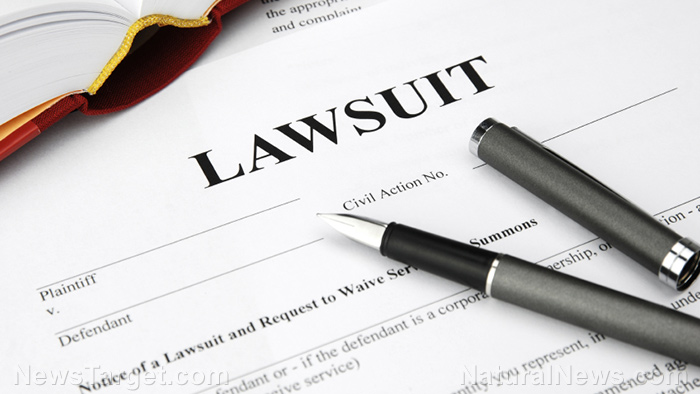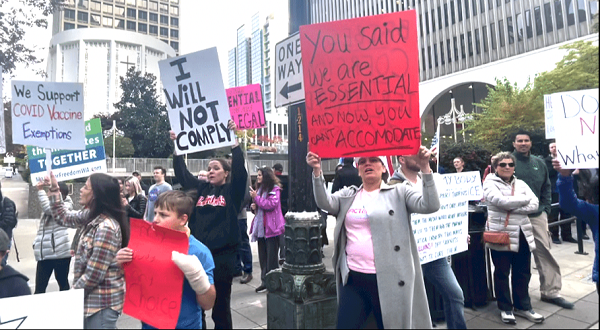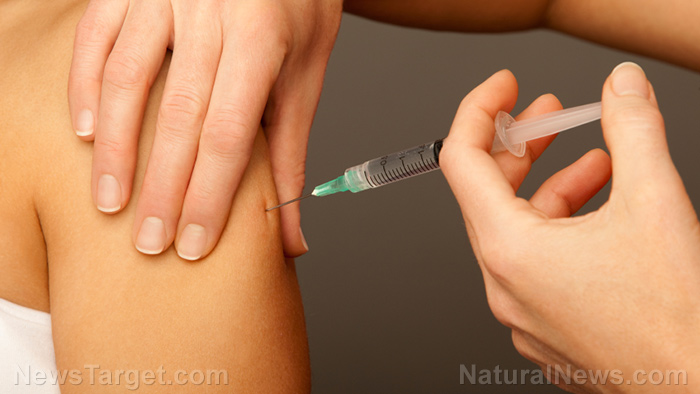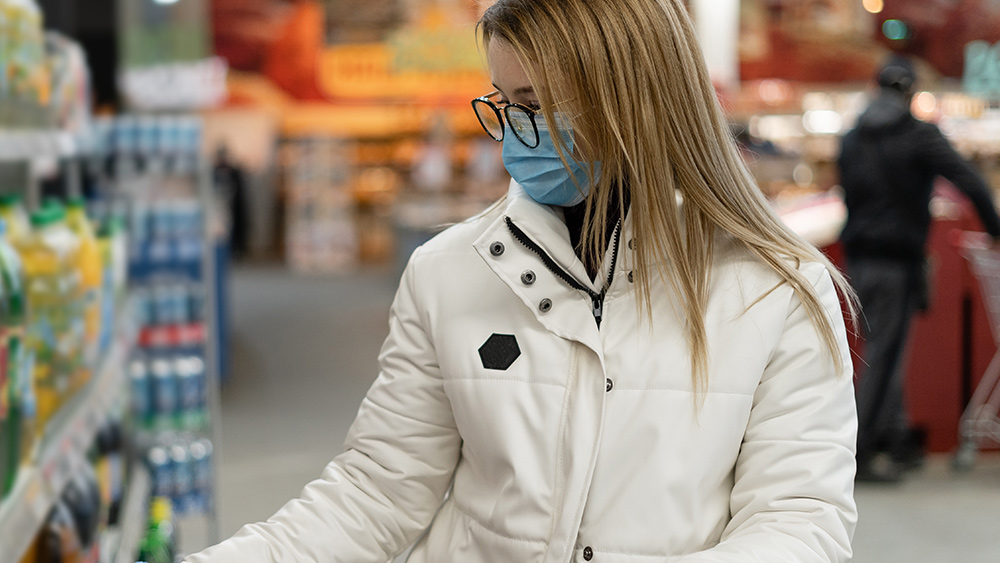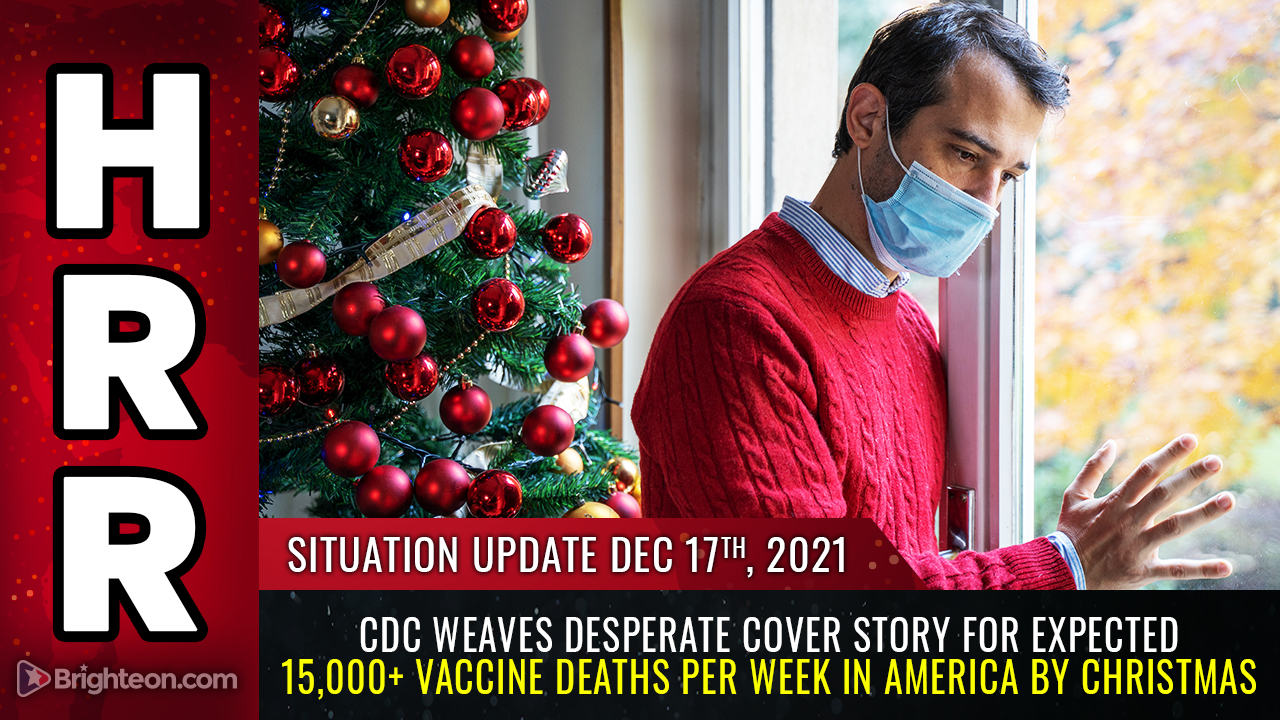Vaccine-related serious events in the US hit more than 200,000 – with more than 900 among teens
06/07/2021 / By Ramon Tomey

The Centers for Disease Control and Prevention (CDC) said it had received more than 200,000 reports of adverse effects following vaccination for the Wuhan coronavirus (COVID-19). According to the CDC’s Vaccine Adverse Event Reporting System (VAERS), data from Dec. 14 of last year until May 14 of this year showed 227,805 post-vaccination adverse events. It also noted 943 adverse events among those aged 12 to 17.
Co-managed by the CDC and the Food and Drug Administration (FDA), VAERS is the U.S. government’s tracking system for any events related to vaccination. Its data comes from reports voluntarily submitted to the system. VAERS then publicizes all vaccine injury reports it receives as of a specific date every Friday – usually up to a week before the data becomes public.
VAERS data from Dec. 14 of last year until May 14 of this year showed 227,805 reports of adverse events. These included 18,528 serious injuries and 4,201 fatalities related to COVID-19 vaccination. Of the 93 adverse events in teenagers, 23 were recorded as serious.
The VAERS report followed around 268 million COVID-19 vaccine doses being administered as of May 14. Of that amount, the Pfizer/BioNTech mRNA vaccine comprised 144 million doses. Moderna’s mRNA vaccine made up 115 million doses, while the remaining nine million doses came from Johnson & Johnson. The FDA approved the Pfizer/BioNTech and Moderna vaccine candidates for emergency use in December of last year, while the J&J vaccine got emergency authorization in February of this year.
Furthermore, VAERS data revealed that a number of conditions occurred in people following their COVID-19 vaccination. It showed 2,275 post-vaccination cases of Bell’s palsy – a form of paralysis that affects one side of the face. The condition was reported in 52 percent who got the Pfizer/BioNTech vaccine, 41 percent in Moderna vaccine recipients and nine percent of J&J vaccine recipients.
VAERS also recorded 65,854 reports of anaphylactic reactions – with 51 percent being attributed to the Moderna mRNA vaccine. The Pfizer/BioNTech vaccine was linked to 38 percent of cases while the J&J vaccine was linked to 11 percent of anaphylactic reactions. The system also received 3,758 reports of blood clotting disorders and other similar conditions. While 39 percent of these reports were attributed to the Pfizer vaccine, both Moderna and J&J vaccines constituted 29 percent of these.
Adverse reactions have not dissuaded vaccine makers from targeting younger cohorts
Despite the more than 900 reports of adverse reactions in teenagers, vaccine manufacturers have pushed to administer more COVID-19 vaccine doses. They appear to be aiming for a younger cohort of children, as evidenced by recent moves to expand their emergency use authorization (EUA).
Pfizer’s COVID-19 vaccine candidate was the first to have its EUA expanded to include teenagers 12 to 15 years old on May 10. Its original EUA issued in December 2020 permitted its use on Americans 16 years and older. According to the U.S. vaccine regulator, the Pfizer/BioNTech mRNA vaccine has met the statutory criteria to amend its EUA, and its known and potential benefits outweigh its possible risks. Acting FDA Commissioner Dr. Janet Woodcock said: “The FDA’s expansion of the [EUA] for the Pfizer/BioNTech COVID-19 vaccine to include adolescents 12 [to] 15 years of age is a significant step in the fight against the COVID-19 pandemic.” (Related: Pfizer already targeting American pre-teen and young teenage girls ages 12 to 15 for population reduction and sterilization experiment known as mRNA.)
Meanwhile, Pfizer Chairman and CEO Albert Bourla said in a May 10 statement that the FDA’s move “represents a significant step forward in helping the U.S. government broaden its vaccination program and … protect adolescents before the start of the next school year.” The New York-based company also announced its plans to seek EUAs for two cohorts – children aged two to five and children five to 11 years old. In line with this, Pfizer said it is evaluating the safety of its COVID-19 vaccine for children six months to 11 years old.
Later, Moderna said its mRNA COVID-19 vaccine candidate is “safe and effective” for children 12 to 17 years old. The Massachusetts-based company added that the findings came as a result of trials it conducted on younger volunteers in March of this year. According to the Moderna vaccine’s original EUA, Americans 18 years old and above can get the vaccine. (Related: Moderna now openly running vaccine experiments on CHILDREN as young as six months old.)
Moderna CEO Stephane Bancel said in a statement: “We are encouraged [that the vaccine] was highly effective at preventing COVID-19 in adolescents. It is particularly exciting to see that the Moderna COVID-19 vaccine can prevent SARS-CoV-2 infection.”
Head over to VaccineInjuryNews.com to read more articles about the risk of COVID-19 vaccines.
Sources include:
Tagged Under: adverse reactions, Big Pharma, BioNTech, Centers for Disease Control and Prevention, coronavirus vaccine, covid-19 pandemic, Food and Drug Administration, Johnson & Johnson, Moderna, Pfizer, side effects, Vaccine Adverse Event Reporting System, vaccine wars, vaccines, Wuhan coronavirus
RECENT NEWS & ARTICLES
COPYRIGHT © 2017 IMMUNIZATION NEWS



